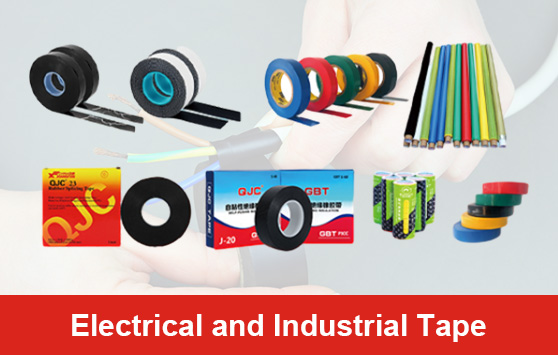The Importance of Automotive Wire Harness Wrapping Tape
Automotive wire harnesses play a crucial role in the functionality and safety of vehicles. They serve as the nervous system, transmitting electrical power and signals across various components. However, the effectiveness of these wire harnesses hinges upon the protective materials used, and one of the most essential components in this safeguarding process is automotive wire harness wrapping tape.
What is Automotive Wire Harness Wrapping Tape?
Automotive wire harness wrapping tape is a specialized type of adhesive tape designed to insulate, protect, and bundle the electrical wires within a vehicle. It comes in various materials, including PVC (polyvinyl chloride), nylon, and cloth, each offering distinct advantages depending on the application. This tape is not only strong and flexible, but it also provides resistance against abrasion, moisture, and extreme temperatures, making it an ideal choice for automotive environments.
Benefits of Using Wire Harness Wrapping Tape
1. Insulation One of the primary functions of wire harness tape is to provide electrical insulation. This is vital in preventing short circuits, which can lead to electrical failures or even fires. The wrapping tape acts as a barrier, keeping the wires insulated from each other and from any conductive surfaces.
2. Protection Against Elements Automotive environments can be harsh. Wires are exposed to varying temperatures, moisture, and oil, which can cause deterioration over time. Wire harness wrapping tape is designed to withstand such adverse conditions, ensuring that the wires remain protected and functional. This durability extends the lifespan of the wire harness and enhances the overall reliability of the vehicle.
3. Bundling and Organization Vehicles have a complex system of wires that can become tangled if not properly managed. Wire harness wrapping tape helps in bundling multiple wires together, reducing clutter and making maintenance easier. An organized wiring system minimizes the risk of damage during routine service and helps technicians quickly identify and troubleshoot issues.
4. Vibration Dampening Cars experience constant vibrations while in operation. This can lead to wear and tear on the wiring. Wrapping tape provides a cushioned layer, which absorbs some of this vibration, further safeguarding the integrity of the wire harness and preventing potential failures.
automotive wire harness wrapping tape

5. Aesthetic Appeal Beyond practical advantages, wrapping tapes can also enhance the aesthetic appeal of the vehicle's wiring system. A well-organized and neatly wrapped wire harness is visually more appealing than a messy cluster of wires, contributing to a polished look under the hood.
Choosing the Right Tape
When selecting automotive wire harness wrapping tape, it is essential to consider several factors
- Material Different applications may require different types of tape. PVC is commonly used due to its excellent insulation properties, while cloth tape is preferred for its durability and flexibility in tight spaces.
- Temperature and Environmental Resistance Ensure that the tape chosen can withstand the specific temperature range and environmental conditions that the vehicle will encounter.
- Adhesive Properties Look for tapes with a strong adhesive that can withstand moisture and chemicals commonly found in automotive applications.
- Size and Thickness The width and thickness of the tape should be selected based on the number of wires being bundled and the overall required protection.
Conclusion
Automotive wire harness wrapping tape is an essential component in any vehicle's electrical system. Its multiple benefits, including insulation, protection from harsh environments, and organization of wires, play a vital role in maintaining vehicle safety and performance. As vehicles become increasingly reliant on complex electronic systems, the importance of choosing the right wire harness wrapping tape cannot be overstated. By investing in high-quality materials and proper installation, manufacturers and vehicle owners can ensure the longevity and reliability of their automotive wire harnesses, ultimately contributing to the safety and efficiency of their vehicles.
-
XIANGFAN Rubber Tape-Ultimate Solutions for All Your Insulation NeedsNewsJun.24,2025
-
XIANGFAN Rubber Tape-Protection for Industrial and Residential ApplicationsNewsJun.24,2025
-
XIANGFAN Rubber Tape: Superior Safety and Sealing for Demanding EnvironmentsNewsJun.24,2025
-
XIANGFAN Rubber Tape: Reliable Solutions for Every Electrical ChallengeNewsJun.24,2025
-
XIANGFAN Electrical & Industrial Tape: Powering Reliability Across IndustriesNewsJun.24,2025
-
XIANGFAN Electrical & Industrial Tape: Excellence in Every ApplicationNewsJun.24,2025
